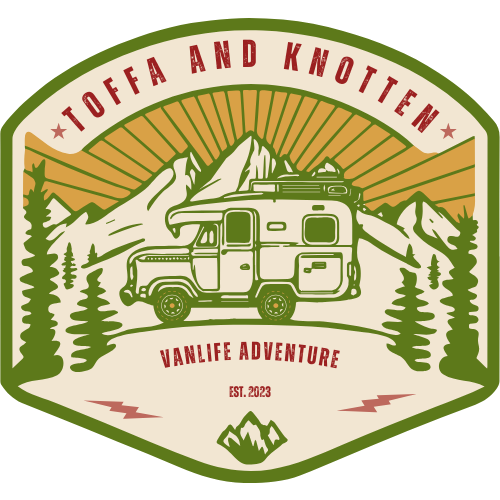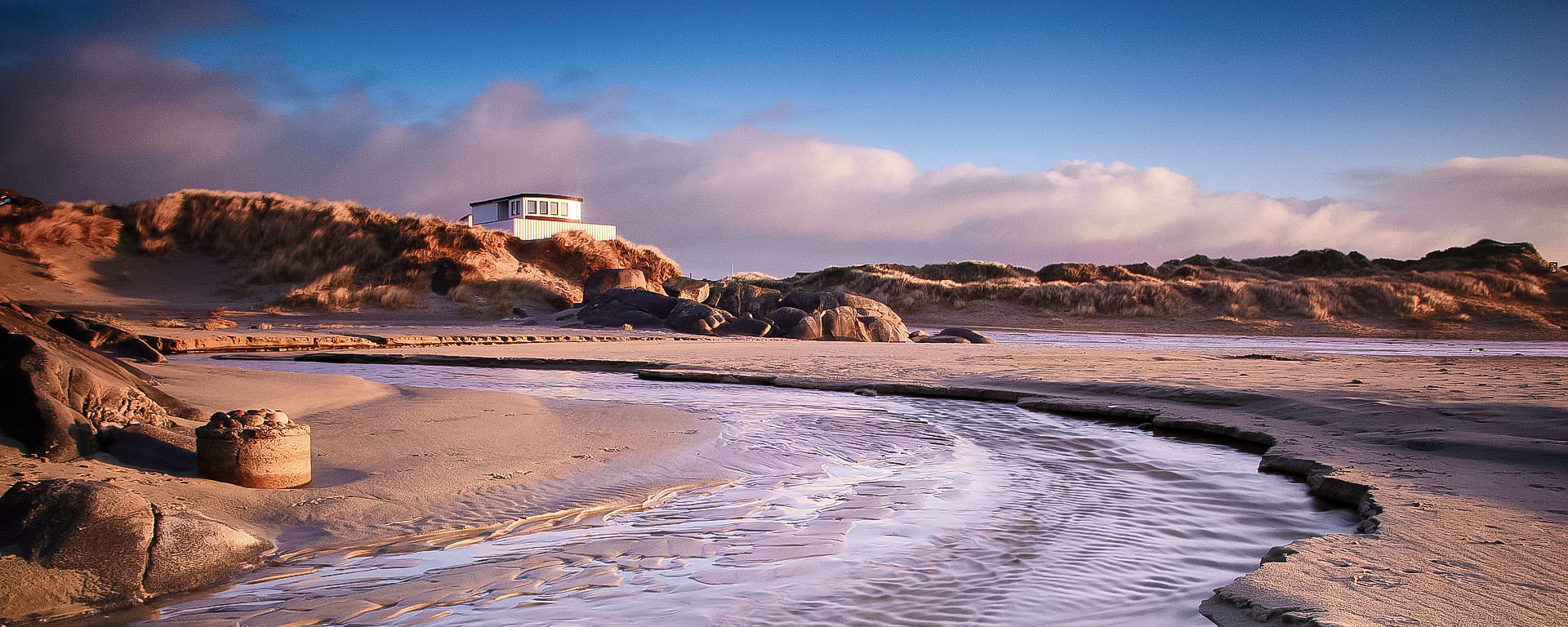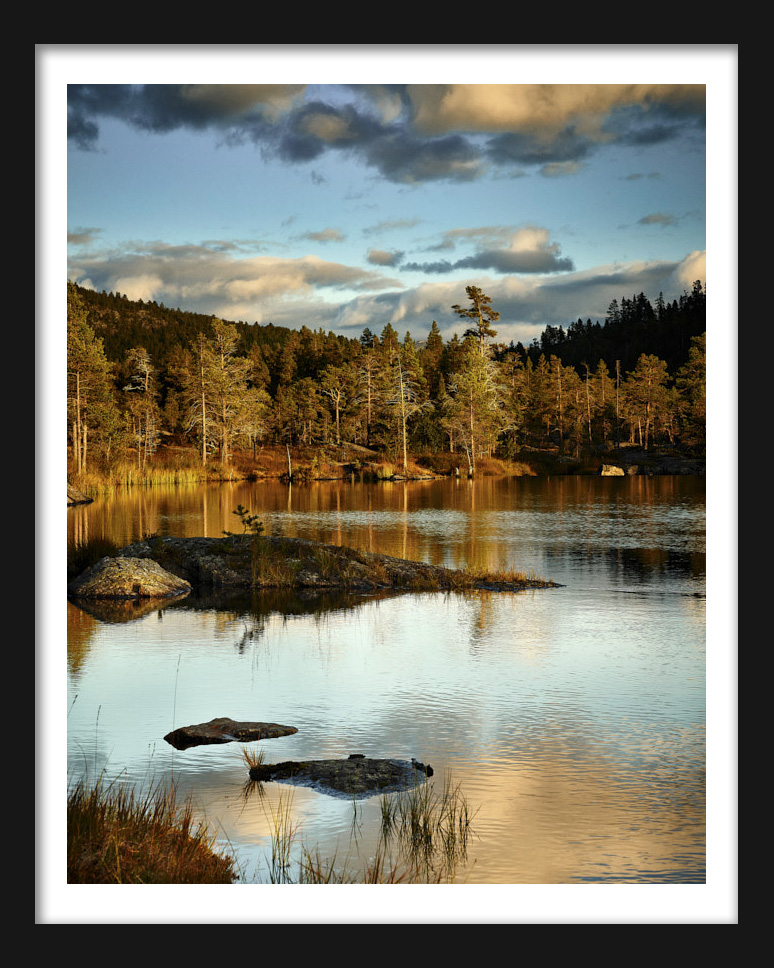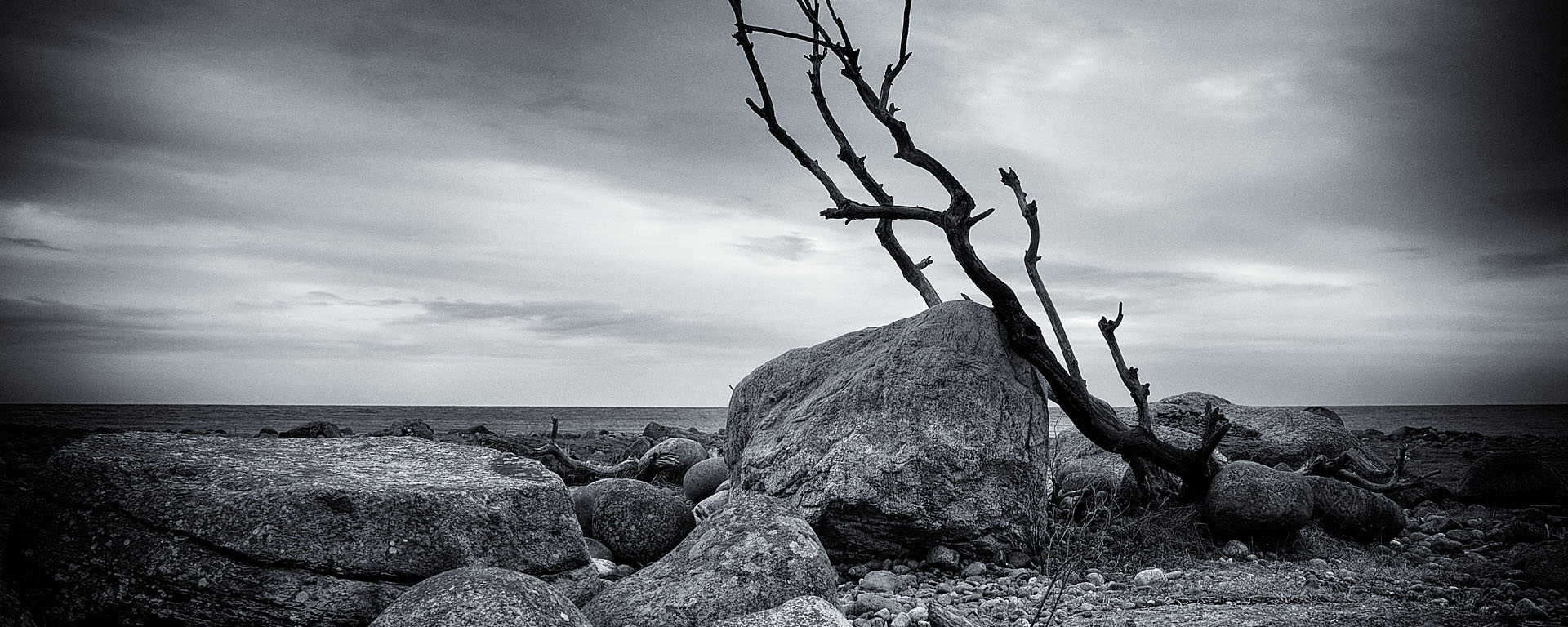
Magic or just another tool…
Is image manipulation/image-editing magic or just a means to an end?
I think, and see, many people now embrace digital image-editing. Making images that wasn’t possible before the digital age, with HDR and manipulation, but the quality of their work doesn’t surpass the old masters. Why? Shouldn’t the power of Photoshop make us all able to create stunning pieces of art? No! If you think that Photoshop can make gold out of a turd, you’re sadly mistaken. You still need to hone your skills in photography regardless of the post process.
I know I wrote earlier about image-manipulation. That we should use any means at our disposal to create what we envision, but that means that you have to have a story to tell to begin with. It doesn’t mean anything if you think that you can take your camera with you and point it toward whatever catches your eye and think that with the help of Photoshop this will stand out.
And the everlasting question, what is the best camera?
The answer is easy, the one that lets you create the picture you’ve pre-visualized. What? Not Nikon? Not Canon? Nope. I personally use Nikon but that’s just what I’ve chosen as my personal tool. B.B. King chose a Gibson ES-355 as his. Not because it was the best guitar in the world, but because it was the tool for him. The camera is just a tool. It can’t perform magic even if it is digital. If you don’t know the basics behind photography you won’t take better pictures. If you buy a Nikon D3x with the most expensive lens you can find, but know nothing about photography, all you get is an expensive snapshot. And also a cumbersome point and shoot camera that’s a drag to lug around. Save the cash, and buy the right tool.
Then why use digital when analog film will still do the work?
It all comes down to ease. It’s easier to work digitally. It “saves” time in the process of creating the pictures compared to the analog process. Also it’s down to cost. Digital cost far less than analog these days. But in the end it all comes down to glass, shutter, aperture, light and a medium to capture it on. That’s all you need. Besides this, you have to do the hard work of having something to say, and the skills to tell the story.
And to you purists out there, I’ve made 3 images that range from non-manipulation to finished image. The three images here are all made from the same RAW/NEF-file. The EXIF-info on the image from the point of capture is this:
Camera: Nikon D200
Quality setting in camera: NEF (no NEF+JPEG)
Exposure: 3 sec @ f16
ISO: 100
EV comp: 0
Tripod
ND 0.9 and ND-grad 0.6 Soft Edge

Image 1
This image is a flat-out RAW-file. Even the preset Camera RAW settings have been zeroed out. Pre-sharpener and noise reduction have also been turned off.

Image 2
This image has been processed just as a RAW-file through ACR/Lightroom as I would with all my images. The black point has been set, contrast has been adjusted to where I like it. Camera-profile, lens correction, and pre-sharpener and noise reduction have also been applied. No other editing has been done to this image.

Image 3
This image has all the makings I would normally apply to the image if I should call it a finished picture for sale or upload to either Flickr or my webpage gallery. It’s derived from the edits done to “image 2” here, but have also been cropped to 4×5 aspect ratio as this is the format I mainly use and compose for. After I opened it in Photoshop, I applied further noise reduction to it, adjusted the contrast and applied a digital ND-grad filter to further darken the sky and light up the foreground as I felt this was not spot on from the RAW-capture.
I’ve then warmed up the image to have a more punchy colour to give more the romantic feel and mood I wanted to capture when I shot the image, and also applied a vignette to the image to give focus to the area I want the viewer to go to first in the composition. In the end I sharpened the image for the output I wanted to publish it in. In this case I’ve sharpened it for display on the web/monitor.
When you now look at these three images ask yourself this question:
“Which would I like to have on my wall?”
Gonna bet many of you would have chosen “image 3” for your wall, as that is a finished image. But remember that “image 3” is a manipulated image. The non-manipulated image is “image 1”, but I don’t think many of you would like to have that dull image on your wall. Especially when you think about that I shot that image with a 4×5 aspect ratio in mind. I also shot it with the final edits in mind.
So, is image-manipulation that bad?
As I mentioned I shot the image with all the edits I’ve done with “image 3” in mind. The RAW-file was just my starting-point for the final image. This was also what Ansel Adams and many other photographers employ when they go Click! Remember that many of those images we take for granted in glossy magazines are much more manipulated than most of you guys know. Even the images of W. Eugene Smith and Henri Cartier-Bresson were manipulated both in the moment of capture and in post.
The thought with this post was to point out that manipulation is not a black and white subject. A camera will always lie. What we capture our images on can only hold a certain amount of dynamic range compared to what the human eye is capable of. Also the camera is a “fixed focus” aperture in relation to the human eye that can focus subjectively all the time. So the manipulation starts before the photographer presses the shutter. It starts when the photographer decides where to place the focus and the depth of field for the image. Then comes the exposure and composition that set the mood and tone of the image. So image-editing done responsibly is just a means to extract the full potential from the image one has captured. How much editing one can do to an image is then subjected to what one is capturing.
Update: This was written in 2011 and prior to the implementation of AI into photography. Even though much of the points put forth here still apply to photography. Now with AI generated images there is a whole new can of worms tossed into the world of photography that I might address in a new post at a later date.






2 Comments
imhkki
great article
Toffa Berg Photography
Thanks.